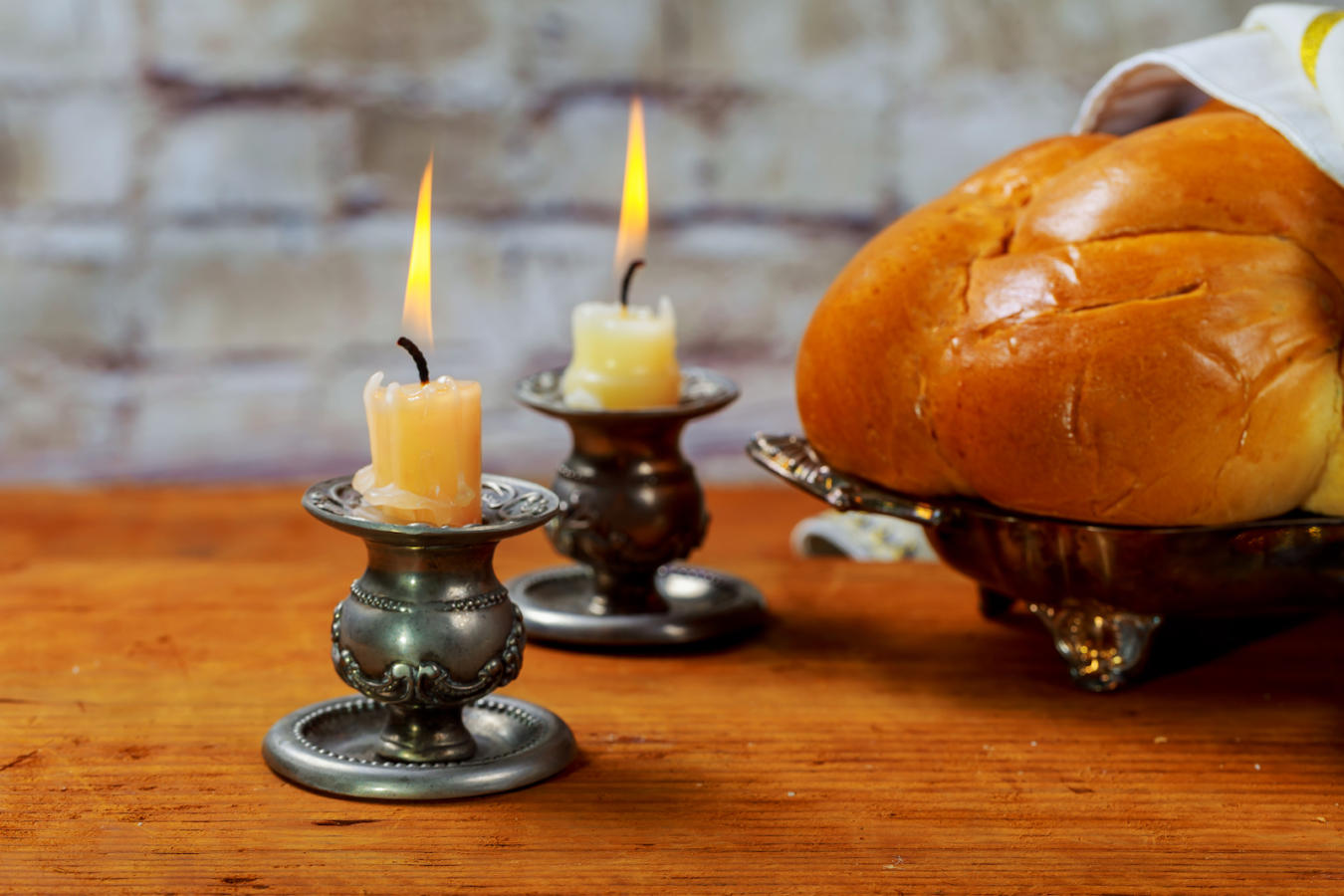Despite the importance of Shabbat in Jewish life, the Torah provides few details as to its observance. Apart from the oft-repeated injunction to “do no work” on (see Exodus 20:10, 35:2, and Deuteronomy 5:14, among others), the only other specifics mentioned are a few prohibitions such as those against kindling a fire, gathering wood, and plowing.
After 70 CE, when the Romans destroyed the Temple in Jerusalem, the ancient rabbis worked intensively to adapt biblical traditions and teachings to the reality: of Jewish religious life in the absence of a sacred center. In the process, they created the foundation of rabbinic Judaism, which serves as the basis of modern Jewish life. One of the major thrusts of the rabbinic enterprise was establishing rules for observance of the Shabbat, putting their own stamp on existing popular tradition.
Based on a seemingly random interpolation of the law to cease working on Shabbat in the midst of a description of how the Israelites were to build the Tabernacle, the portable sanctuary (Exodus 31:13), the rabbis of antiquity deduced that all labors necessary for constructing such a sanctuary and its appurtenances should serve as the blueprint for Shabbat prohibitions. Identifying 39 basic categories of labor, the rabbis determined that these activities, and any that were similar or related to them formed the basis of future Shabbat restrictions. Their choices thus focused Shabbat prohibitions on activities involving creating and destroying, and they added to this list other activities not specifically banned, in their view, but nevertheless inappropriate to the Sabbath.
The rabbis also translated into concrete liturgical acts the ’s positive admonitions to “remember” and “keep” the Sabbath “[in order] to sanctify it.” Thus the rabbis created the ritual of kiddush or “sanctification” (a special blessing usually said over wine) and an elaborate Shabbat liturgy as the required active content of Shabbat observance to go along with the prohibition of labor.

Help us keep Jewish knowledge accessible to millions of people around the world.
Your donation to My Jewish Learning fuels endless journeys of Jewish discovery. With your help, My Jewish Learning can continue to provide nonstop opportunities for learning, connection and growth.
Some scholars have suggested, on the basis of references to Sabbath observance in the works of non-Jewish authors in Greek and Latin, that the talmudic rabbis were deliberately reforming an earlier, more somber Sabbath observance among Jews in the Hellenistic world, reinterpreting Torah in new ways in order to shape a joyous, active Shabbat experience.
Among Jews in the Middle Ages, authorities in Jewish law adapted (and often extended) Shabbat prohibitions to meet changing social realities and technologies, while the poets among their contemporaries created elaborate, decorative additions to the liturgy of Shabbat and table-songs (zemirot) to be sung at Shabbat meals. The mystics of those centuries offered a new understanding of Shabbat, portrayed as queen and as bride to be welcomed, feted, and escorted away at her departure.
Shabbat observance, then, has taken on different forms according to evolving customs and varied ideological outlooks. From ancient to modern times, observance of the Shabbat has served as a touchstone for individual Jews to identify with a particular community within the Jewish people. Today, for example, traditional Jews refrain from lighting or tending to a fire of any sort. Some abstain, then, not only from driving a car to synagogue on Shabbat but even from operating electric lights. However, Jews whose approach to tradition is more liberal will use electricity on Shabbat, eschewing the interpretation of electricity as fire.
Undoubtedly, some of the specifics of Shabbat observance have long served as a bone of internal contention for the Jewish community precisely because of the essential role that Shabbat plays in the life of the Jewish people. As Ahad Ha-Am, one of the most important early Jewish writers of the last century, wrote, “More than the Jewish people has preserved the Shabbat, the Shabbat has preserved the Jewish people.”
Sign up for My Jewish Learning’s RECHARGE, a weekly email with a collection of Shabbat readings and more to enhance your day of rest experience.



